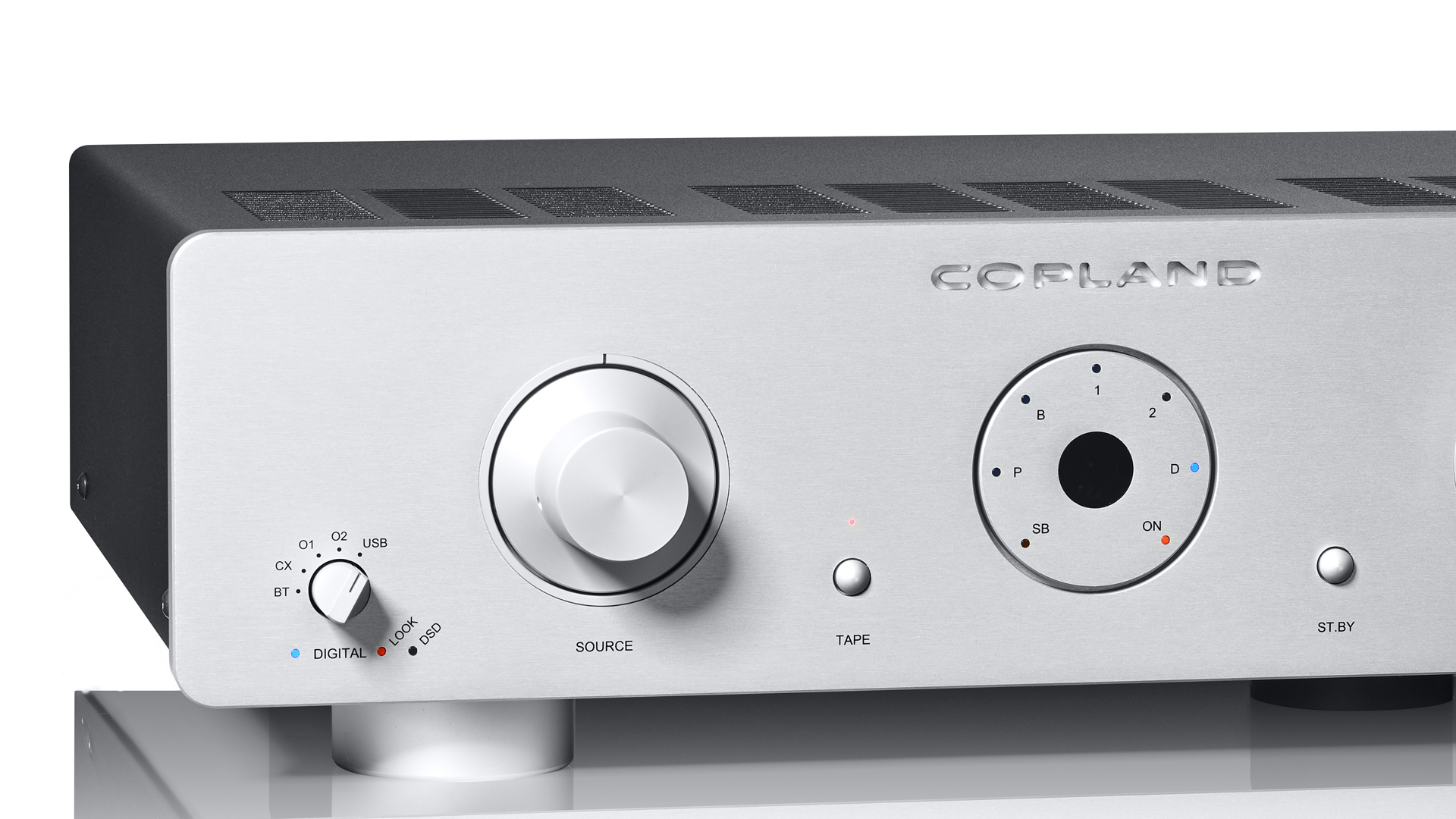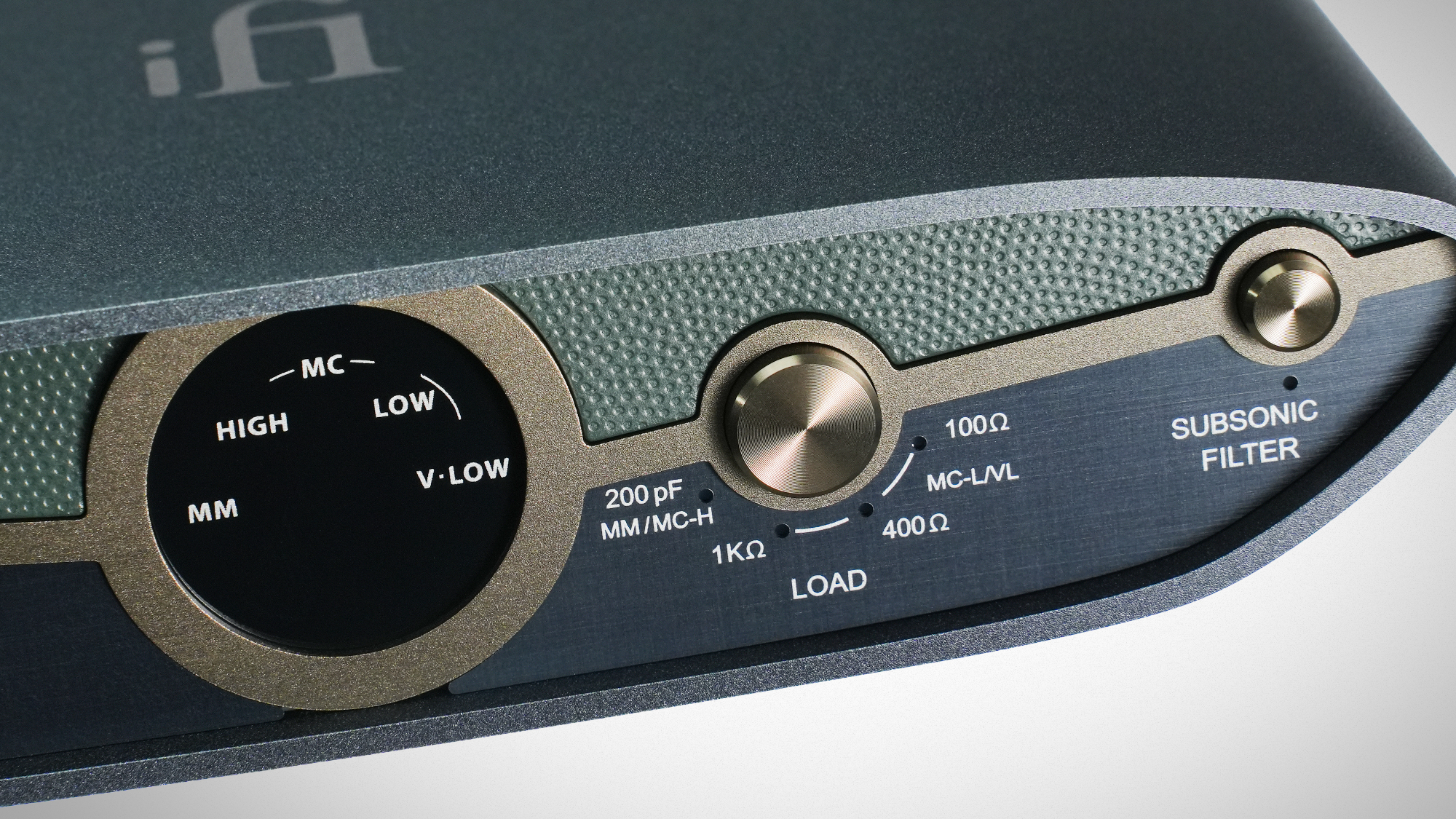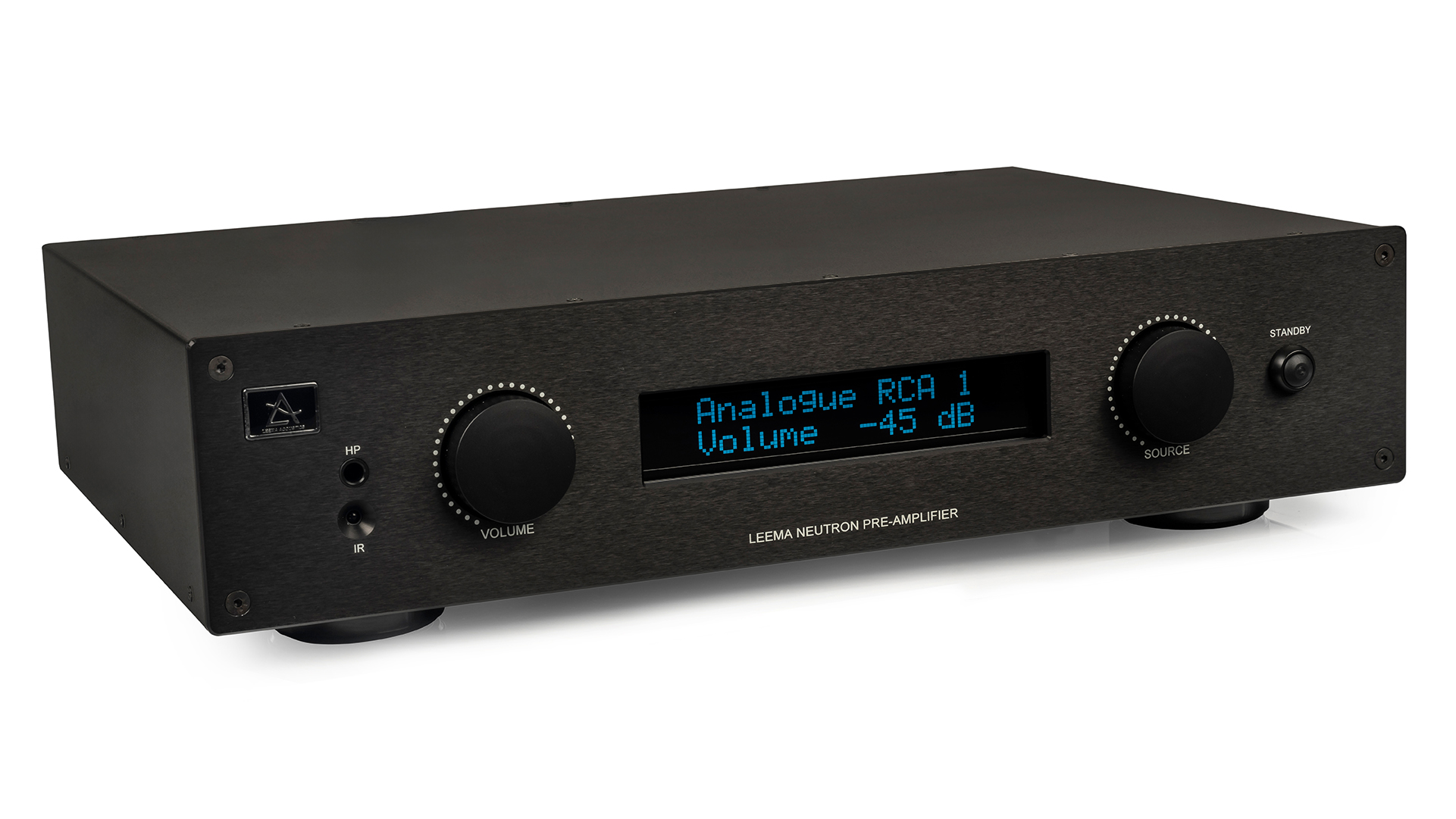
Many mistakes can be made during the building and setting up a hi-fi system, whether it is as minor as placing speakers too far apart or as calamitous as knocking them over and denting their tweeter – and all of us hi-fi hobbyists make them at one point or another (don't deny it!)
If you have built your dream hi-fi system and rushed to get it up and running to have music blaring out in front of you, you may well have mistakenly overlooked a key part of a stereo amplifier's ideal set-up or features. Even if you have afforded the utmost care to set up your system, you may not have fully considered the optimal way in which your amplifier could work with the rest of your system.
Below we have a short list of simple, common mistakes to avoid with your amplifier – a list that we imagine will only serve as a reminder for many but will hopefully be handy new advice for others too.
1. Don’t use digital just because it’s there
Integrated amplifiers and preamplifiers increasingly support digital connections as the prevalence and popularity of digital sources increase. But the digital-to-analogue (DAC) circuitry isn't always as well engineered as the analogue sections, so if, for example, you have a CD player with both analogue and digital outputs, we would try both ways of connecting it to your amp to see which sounds better and thus which component in the chain has the higher-performing DAC.
Similarly, if you’re looking to upgrade your stereo amplifier, don’t buy one with digital connections, or Bluetooth for that matter, if you don’t need it. Part of an amplifier’s costs – always relayed to the buyer to some extent, of course – will be wasted. You’ll be paying for a convenience you don’t need, and you might get more performance-per-pound value opting for an all-analogue model. You can always buy an outboard DAC if you change your mind down the line, and we generally find their performance trumps that of an integrated DAC anyway.
If you do want to use digital, think about whether to go coaxial or optical if your source/amp pairing gives you the choice. Coaxial digital uses electricity to transmit audio, while optical uses laser light to transfer signals. In our experience, the former connection tends to sound slightly better and also has a greater bandwidth available, meaning it can support higher quality audio up to 24-bit/192kHz whereas optical is usually restricted to 96kHz.
2. Don’t overlook digital filters

If your stereo amplifier is digital-friendly, it might well have a handful of digital filters that you can cycle through – they’re commonly variations of ‘fast’, ‘slow’, ‘linear phase' or 'minimum phase’. To put it very crudely, digital filters are the final part of digital-to-analogue conversion and work to reconstruct the waveform of the original signal by trying, in different ways, to remove the aliases (ghost images) of the signal that are inherently caused in the process.
In our experience, switching between various filters doesn’t make a huge world of audible difference and, as our technical editor penned not long ago, having all these choices isn't always very helpful. But they can offer subtle sonic variations that may suit your taste or system better than another, so it's well worth spending an afternoon experimenting.
3. Don’t disregard system matching
An amplifier’s synergy with the pair of stereo speakers it is connected to is vitally important. The electrical compatibility between an amp and a pair of speakers lives or dies on three elements: an amp’s power output (how many watts it can feed to the speaker), a speaker's impedance characteristics (how difficult the speaker is for the amp to drive, measured in ohms) and a speaker’s sensitivity (how loud a speaker will go for a given input, measured in dB).
You don’t want to be in a situation where an amplifier isn’t powerful enough to drive the speakers properly – this can result in a lack of dynamics and punch in the sound at best, and a pair of damaged tweeters at worse. Perhaps counterintuitively, a weaker amp driven to distortion is more likely to damage a pair of speakers than a really powerful amplifier driving them hard. It's the distortion that does the damage, particularly to the tweeter.
If you want your system to play louder, go for a more sensitive pair of speakers rather than a more powerful amplifier. That’s because an amplifier’s output has to double to match a 3dB increase in speaker sensitivity.
You should also consider the tonal characteristics of other components in your system, as, for example, if something has a lean tonal balance, it shouldn’t ideally be paired with something else with a lean balance. "You need every part of a system to pull in the same direction and have complementary characteristics if it is to shine," reads our 'the secret to matching the right components' advice.
4. Don't think balanced is always better
All stereo amplifiers have RCA line-level analogue inputs, though some – especially those higher up the price spectrum – might also have three-pin XLR analogue inputs that carry balanced audio signals.
A balanced connection's main advantage is that it is good at rejecting electrical noise and therefore is typically effective when used in electrically noisy environments or over very long cable runs. That said, balanced operation doesn't always sound better, especially outside of true high-end territory – it all depends on how well the balanced circuitry in an amp has been designed.
If your amplifier has both XLR and RCA connections, we would try both out before settling on a long-term preference.
5. Avoid placing it on any old surface
The surface your stereo amp sits on can make a world of difference to its performance. Generally speaking, glass shelving tends to encourage a more forward sound, while wooden supports typically result in a warmer and more rounded balance. More important than material, however, is that the surface it’s placed on is rigid, level and low-resonance – and therefore able to minimise the amount of disruptive vibration transferred to the amplifier.
All that power under its hood can build up quite a temperature, so it’s also important to give an amp a few inches of breathing space from a wall or rack to stop it from running too hot or overheating.
6. Avoid keeping the display on

A small thing but it's not unusual for any piece of equipment with an electrical display to sound better with that display turned off. That’s because the display can create some electrical noise that could interfere with the sound.
If you don’t need it on, which is likely with a stereo amplifier as it often only shows input and volume information, turn it off if the option is there.
7. Avoid scrimping on cabling
As a general rule, we recommend spending around 10 to 15 per cent of your hi-fi system cost on cabling – interconnect audio cables that connect sources and amplifiers, and speaker cables that connect amplifiers to speakers.
Even budget electronics will sound better with some good interconnects, though the audible difference cabling makes usually does increase as the system's price (and therefore sonic transparency) does. In the case of a stereo amp, upgrading the supplied mains cable could also be worth considering.
Once they are all hooked up, avoid placing mains and signal cables too close to each other, too, as performance can suffer.
MORE:
Separates vs systems: the pros and cons of each path to hi-fi nirvana
Should you buy a streaming amplifier? Pros and cons to consider before owning a network amp
The best stereo amplifiers you can buy
7 reasons why a DAC could be your music purchase of the year







